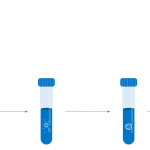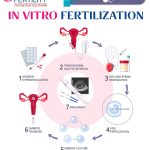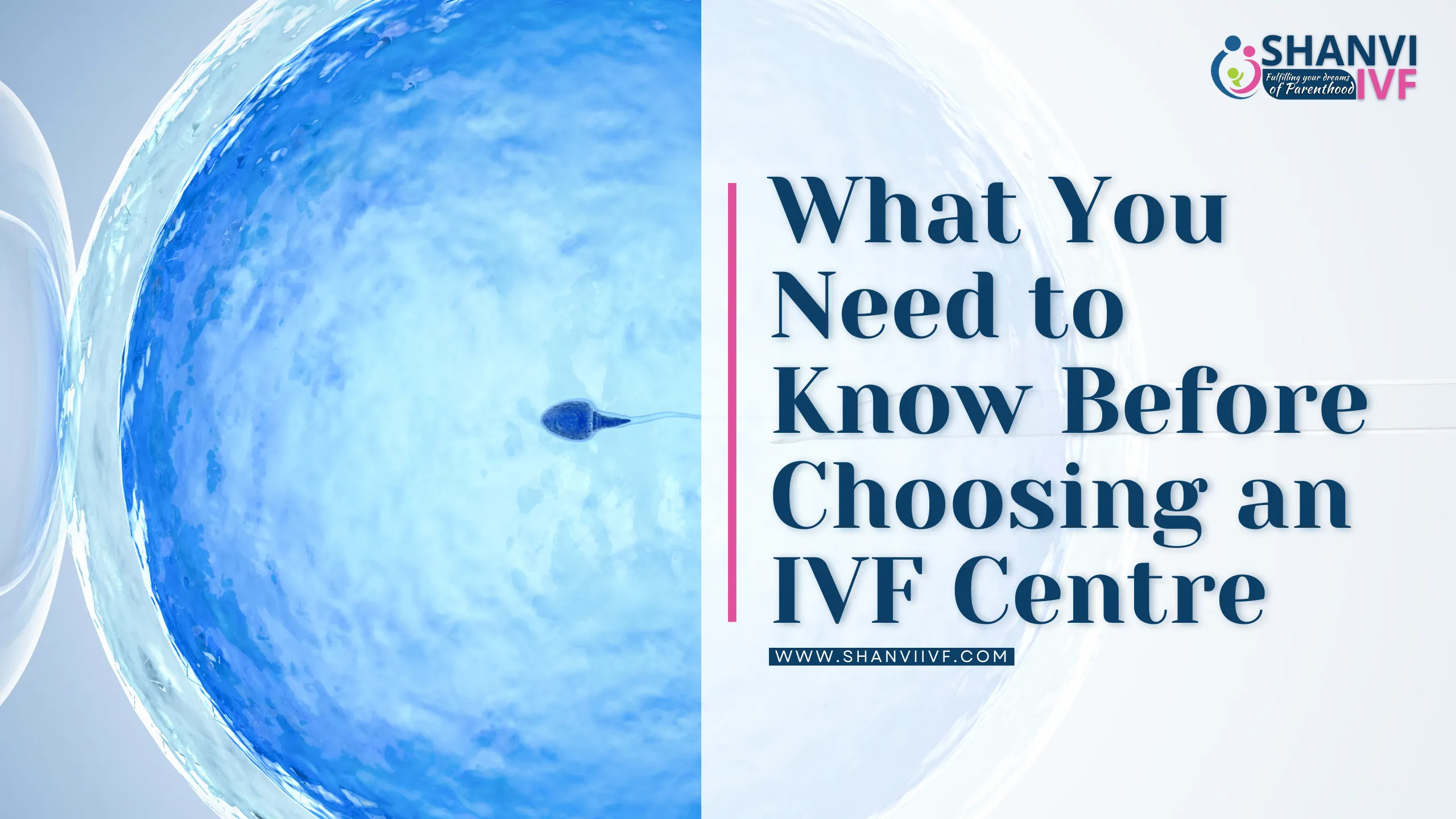
Reciprocal IVF: A Deep Dive into a Unique Path to Parenthood
March 27, 2025
IVF Near Me: Your Ultimate Guide to Finding the Perfect Fertility Clinic
March 27, 2025The True Cost of IVF: What You Need to Know Before Starting Your Journey
In vitro fertilization (IVF) is a life-changing option for many people dreaming of starting a family. But let’s be real—when you first hear about IVF, the price tag can feel like a punch to the gut. It’s not just about the numbers; it’s about what those numbers mean for your wallet, your emotions, and your future. If you’re curious about IVF costs, you’re not alone. Millions of people search for answers every year, hoping to uncover the full story behind the expense.
This article isn’t just another rundown of prices. We’re diving deep—way deeper than most blogs out there—into the hidden costs, the surprising factors that affect pricing, and the little-known details that could save you thousands. Whether you’re just starting to explore IVF or you’re ready to take the plunge, we’ve got you covered with practical tips, fresh research, and stories that hit close to home. Let’s break it all down together.
![]()
How Much Does IVF Really Cost? The Basics You Need to Know
IVF isn’t cheap, and the sticker price can vary wildly depending on where you live, the clinic you choose, and your unique situation. On average, one IVF cycle in the U.S. costs about $21,600, according to fertility experts at Carrot Fertility. But here’s the kicker: most people don’t get pregnant on their first try. The average patient needs two to three cycles, which means you could be looking at $50,000 or more before you even hold your baby.
What’s Included in That Base Price?
When clinics quote you a “base fee” (usually $9,000 to $14,000), it typically covers:
- Monitoring appointments: Regular checkups to track your progress.
- Egg retrieval: The surgery to collect your eggs.
- Lab fees: Creating embryos in a lab.
- Embryo transfer: Placing the embryo in your uterus.
- Anesthesia: Keeping you comfortable during procedures.
But that’s not the whole picture. Medications, extra tests, and unexpected add-ons can pile up fast. Let’s peel back the layers.
Why Does IVF Cost So Much?
Think of IVF like building a custom house. You’re not just paying for materials—you’re paying for skilled workers, high-tech tools, and a process that’s tailored to you. Fertility clinics use cutting-edge science, and that comes with a hefty price. Plus, there’s no “one-size-fits-all” approach. Your body, your age, and even your partner’s health all play a role in how much you’ll spend.
Hidden Costs of IVF: What They Don’t Tell You Upfront
A lot of people focus on the big number, but the smaller costs can sneak up on you. These hidden expenses often catch hopeful parents off guard, so let’s shine a light on them.
Medications: The Pricey Pills and Shots
IVF meds aren’t optional—they’re the fuel that keeps the process going. You’ll need injections to stimulate your ovaries, and those can cost $3,000 to $5,000 per cycle. Some people need more meds than others, depending on how their body responds. For example, if you’re over 35, your doctor might up the dose, and that means a bigger bill.
✔️ Tip: Ask your clinic about generic versions of fertility drugs—they can cut costs by up to 30%.
Pre-Treatment Testing: The Starting Line
Before you even begin IVF, you’ll need tests like blood work, ultrasounds, and semen analysis. These can run $250 to $500, and they’re usually not included in the base price. If you’ve got a tricky medical history, you might need extras like genetic screening, which can add another $1,000 or more.
Freezing Eggs or Embryos: A Future Investment
Want to save some embryos for later? That’ll cost you $500 to $1,000 upfront, plus $300 to $600 a year for storage. It’s like renting a tiny freezer for your future family—and it’s worth it if you’re planning more kids down the road.
Travel and Time Off: The Real-World Stuff
If your clinic’s far away, gas, flights, or even hotel stays can add up. And don’t forget about taking time off work—those frequent appointments aren’t quick. One woman I know, Sarah from Texas, said she spent $800 on travel alone because her nearest clinic was three hours away.
❌ Watch Out: Some clinics don’t mention travel costs in their estimates, so factor that in if you’re not local.

What Affects IVF Prices? The Factors You Can’t Ignore
IVF isn’t a flat-rate deal. Your personal circumstances can push the cost up or down. Here’s what’s driving the numbers behind the scenes.
Your Age: The Biological Clock’s Price Tag
Age is a biggie. Women under 35 have a higher success rate (about 40% per cycle, says the Mayo Clinic), so they might need fewer rounds. But if you’re over 40, the odds drop to 10-15%, meaning more cycles—and more money. Clinics might also recommend extra treatments like genetic testing, which bumps up the bill.
Where You Live: Location, Location, Location
IVF costs vary by state and country. In New York or California, you might pay $25,000 per cycle, while in the Midwest, it could be closer to $18,000. Overseas, places like Mexico or Spain offer IVF for $5,000 to $10,000, but you’ll need to weigh travel costs and quality risks.
Donor Eggs or Sperm: A Pricey Boost
If you need donor eggs or sperm, get ready to shell out more. Donor sperm costs $1,000 to $1,500 per vial, while donor eggs can run $10,000 to $20,000 depending on whether they’re fresh or frozen. Why so expensive? Donors get paid, and the process involves legal fees and screening.
Extra Procedures: The Add-Ons That Add Up
Some clinics push optional treatments like:
- Preimplantation Genetic Testing (PGT-A): $4,500-$5,500 to screen embryos for defects.
- Endometrial Receptivity Analysis (ERA): $800-$1,000 to find the perfect transfer day.
- ICSI (Intracytoplasmic Sperm Injection): $1,000-$2,000 to help sperm fertilize the egg.
✔️ Tip: Ask your doctor if these extras are truly necessary for you—sometimes they’re overkill.
IVF Success Rates and Costs: Are You Getting What You Pay For?
Here’s a question that keeps people up at night: Does spending more guarantee a baby? Not exactly. Success rates depend on a ton of factors, and cost doesn’t always equal quality.
What the Numbers Say
A 2023 study from the American Society for Reproductive Medicine found that the average success rate for a live birth from IVF is 29.5% per cycle across all ages. But here’s the breakdown:
- Under 35: 40%
- 35-37: 31%
- 38-40: 21%
- Over 40: 11%
More cycles mean more chances—but also more cash. If you’re quoted a high price, check the clinic’s success rates on the CDC’s ART Data website. A fancy clinic with a 20% success rate might not be worth it compared to a cheaper one at 35%.
Expensive Clinics vs. Budget Options
High-end clinics often charge more for luxe waiting rooms and extra staff, but that doesn’t always translate to better outcomes. “Price isn’t a direct indicator of success,” says Dr. Jane Frederick, a fertility specialist in California. “Look at the clinic’s track record, not just the decor.”

Insider Secrets: Little-Known Ways IVF Costs Creep Up
Most articles stick to the obvious stuff, but there’s more to the story. These are the sneaky details that fans of fertility blogs crave—things you won’t find in a basic Google search.
The Emotional Toll’s Hidden Price
IVF isn’t just hard on your bank account—it’s brutal on your heart. Failed cycles can lead to therapy or support groups, which might cost $50 to $200 per session. One mom, Lisa, told me she spent $1,500 on counseling after three failed rounds. “I didn’t expect that to be part of the budget,” she said.
Lifestyle Changes That Add Up
Doctors often suggest cutting caffeine, eating organic, or taking supplements like CoQ10 ($20-$50 a month). Add in acupuncture (popular for boosting success, at $75-$150 per session), and you’re looking at hundreds more per cycle.
The “What If” Scenarios
What if your cycle gets canceled midway because your ovaries don’t respond? You might lose $5,000 with no refund. Or what if you need a surrogate later? That’s $80,000-$150,000 on top of IVF. These curveballs aren’t rare, but they’re rarely discussed.
✔️ Tip: Build a buffer into your budget—experts suggest saving 20% more than the quoted cost for surprises.
How to Save Money on IVF: Practical Tips That Work
You don’t have to drain your savings to make IVF happen. Here are some tried-and-true ways to cut costs without cutting corners.
Shop Around for Clinics
Prices vary, even in the same city. Call at least three clinics and ask for a detailed breakdown. Some offer discounts for paying upfront or bundling multiple cycles (e.g., $30,000 for three rounds instead of $21,000 each).
Look Into Insurance and Grants
Only 19 U.S. states require insurance to cover some IVF costs, but it’s worth checking your plan. No coverage? Fertility grants from groups like BabyQuest or CNY Fertility can give you $2,000-$15,000 toward treatment.
Consider Mini-IVF or Natural IVF
Mini-IVF uses fewer drugs, dropping the cost to $5,000-$7,000 per cycle. Success rates are lower (around 10-15%), but it’s a budget-friendly option for younger women or those with good egg reserves.
Buy Meds Smart
Compare prices at pharmacies—Walmart or Costco might beat your clinic’s in-house stock. Online fertility pharmacies like MDR or Freedom Fertility can also ship discounted meds to your door.
✔️ Step-by-Step Guide to Save:
- Get quotes from multiple clinics.
- Check your insurance for any fertility benefits.
- Apply for a grant (start early—some have long waitlists).
- Price-shop your medications online.
IVF Around the World: Is Traveling Worth It?
Tired of U.S. prices? Some people hop on a plane for cheaper IVF. Let’s see if it’s a smart move.
Top Destinations and Costs
- Spain: $6,000-$8,000 per cycle, with high success rates (35-40%).
- Mexico: $5,000-$7,000, but quality varies.
- India: $3,000-$5,000, though travel and safety concerns can complicate things.
Pros and Cons
✔️ Pros: Lower costs, sometimes better tech, and a mini-vacation vibe.
❌ Cons: Travel expenses, language barriers, and no U.S. legal protections if something goes wrong.
Real Talk From a Traveler
Mark, a dad from Ohio, went to Spain for IVF and saved $12,000. “It was stressful coordinating everything, but the clinic was top-notch,” he said. Research is key—check reviews and success rates before you book that flight.
The Latest Research: What’s New in IVF Costs for 2025?
Science is always moving, and 2025 is bringing fresh insights that could shake up IVF pricing. Here’s what’s on the horizon.
AI-Powered IVF
Clinics are testing artificial intelligence to pick the best embryos, potentially cutting the need for extra cycles. A 2024 study from Stanford showed AI boosted success rates by 15%, which could save you $10,000+ in the long run. The catch? It’s not cheap yet—expect to pay $1,000-$2,000 extra per cycle for now.
Cheaper Meds on the Way?
Researchers are working on oral fertility drugs to replace injections. Early trials suggest they could drop med costs by 40%, but they’re still years from hitting the market. “This could be a game-changer for affordability,” says Dr. Aimee Eyvazzadeh, a fertility expert known as the “Egg Whisperer.”
Insurance Updates
With fertility advocacy growing, more states might mandate IVF coverage by 2026. Keep an eye on local laws—it could slash your out-of-pocket costs.
Real Stories: What IVF Costs Mean to Real People
Numbers are one thing, but the human side of IVF costs hits different. Here are two stories that show the stakes.
Jenna’s Journey: A $60,000 Dream
Jenna, a 38-year-old teacher, spent $60,000 over four cycles. “We sold our car and skipped vacations,” she said. After three failures, she got pregnant—but only after borrowing from family. Her advice? “Start saving yesterday.”
Mike and Tara: The Budget Win
Mike and Tara, both 32, found a clinic offering a $15,000 three-cycle package. With insurance covering half their meds, they spent $22,000 total and welcomed twins. “We got lucky with timing and a deal,” Tara said. Their secret? Asking clinics about specials.
Your IVF Cost Checklist: Plan Like a Pro
Ready to dive in? Use this checklist to keep your budget on track:
✔️ Before You Start:
- Research clinic prices and success rates.
- Check insurance and apply for grants.
- Save an extra 20% for surprises.
✔️ During Treatment:
- Compare med prices at pharmacies.
- Track travel and time-off costs.
- Ask about discounts for multiple cycles.
✔️ After Each Cycle:
- Review what worked (or didn’t) with your doctor.
- Adjust your budget for the next round if needed.
Let’s Talk About It: Your Turn
IVF costs are a rollercoaster, but you don’t have to ride it alone. What’s your biggest worry about the price? Have you found a trick to save money? Drop a comment below—I’d love to hear your story or answer your questions. And if this helped, share it with someone who needs it. Let’s keep the conversation going!